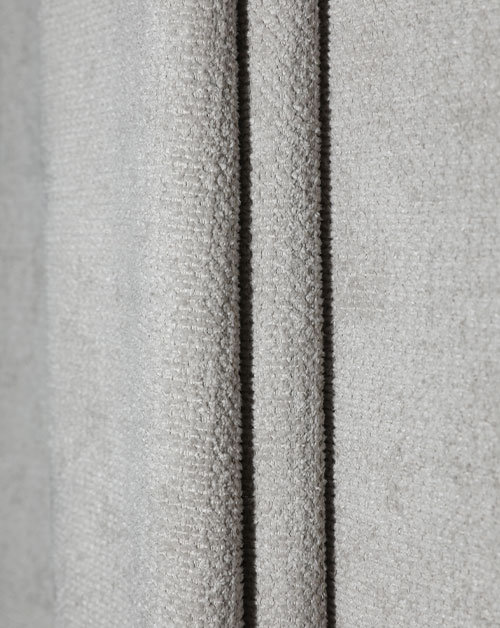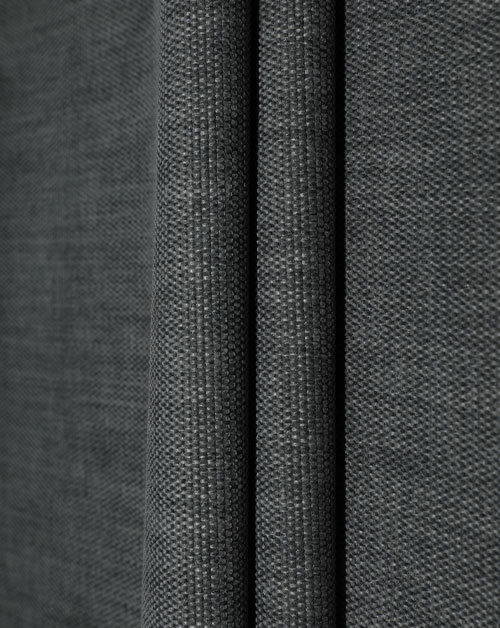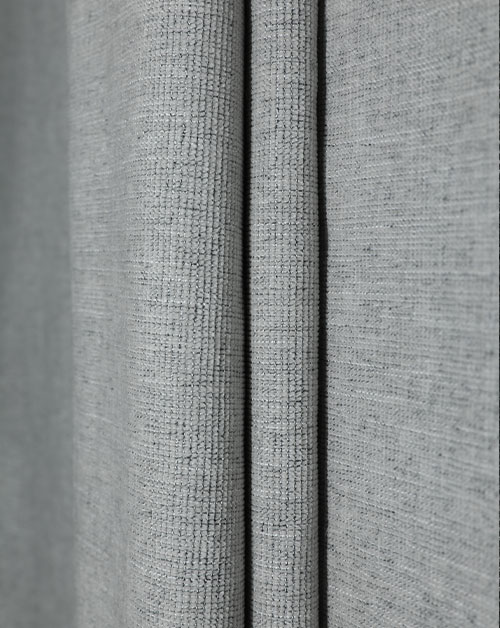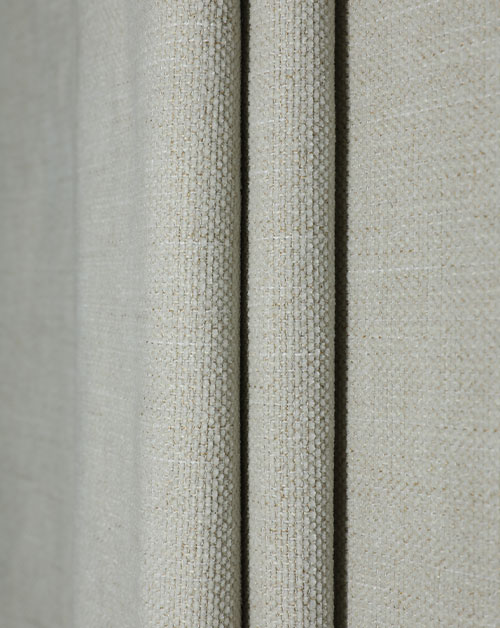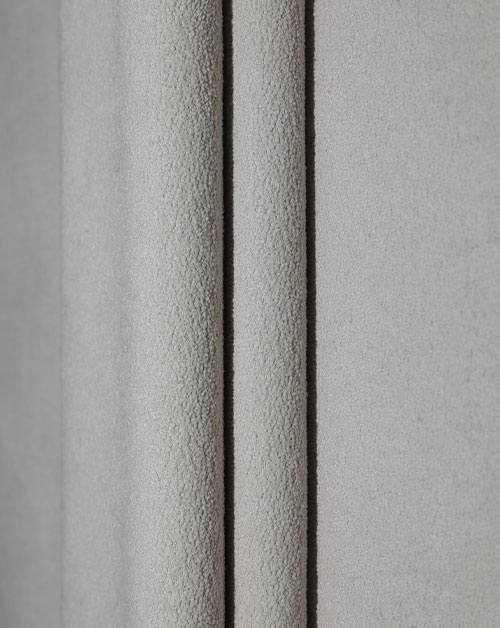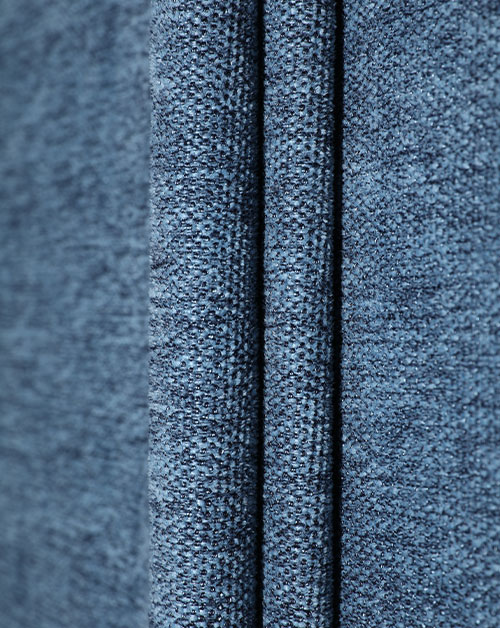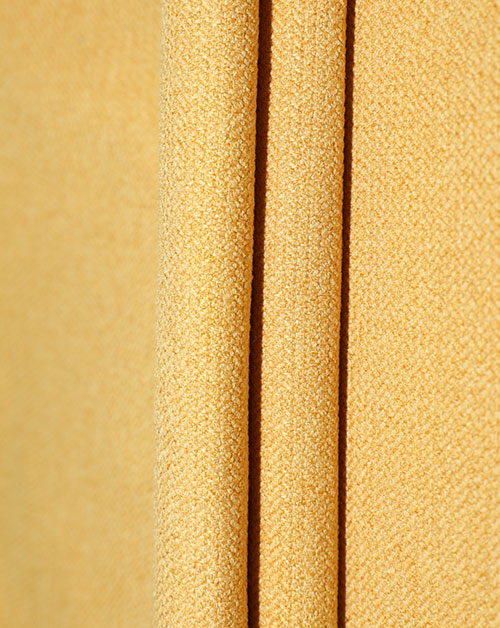Ever wondered why some fabrics feel incredibly soft and luxurious, inviting you to touch them again and again? The secret often lies in a sophisticated textile finishing process known as fabric brushing. This mechanical technique transforms the surface of textiles, enhancing their feel, warmth, and aesthetic appeal. By carefully lifting individual fibers, brushing creates a unique texture that has made certain fabrics beloved for generations.
In this article, we will delve into the world of fabric brushing, exploring how it's done, the remarkable benefits it offers, the diverse range of fabrics that undergo this treatment, and how to care for them to maintain their signature softness.
What is Fabric Brushing?
Fabric brushing is a post-weaving or post-knitting mechanical finishing process designed to modify the surface of a textile. It involves passing fabric over specialized machinery equipped with rotating brushes or rollers fitted with fine wire bristles or abrasive surfaces.
The Process
The core of fabric brushing lies in the action of these brushes. As the fabric moves through the machine, the brushes gently abrade the surface, pulling up and disentangling individual fibers from the yarns. This action creates a raised, fuzzy surface known as a "nap" or "pile." The intensity and direction of brushing can be precisely controlled to achieve different effects.

There are several types of brushing:
- Single-sided vs. Double-sided Brushing: As the names suggest, brushing can be applied to just one side of the fabric or both, depending on the desired outcome and application. For instance, flannel shirts are often brushed on both sides for maximum softness and warmth.
- Directional Brushing: The brushes can be set to move the fibers in a specific direction, creating a uniform nap that can contribute to the fabric's luster and feel.
Raw Materials
Not all fabrics are suitable for brushing. The success of the process largely depends on the fiber composition and the fabric's construction.
- Fibers Suitable for Brushing: Natural fibers like cotton and wool are excellent candidates due to their inherent fiber structure, which allows them to be easily lifted. Synthetic fibers such as polyester and rayon can also be effectively brushed, often resulting in a soft, suede-like finish.
- Fabric Construction: The weave or knit of the fabric plays a crucial role. Loosely woven or knitted fabrics tend to brush more easily and produce a more pronounced nap. Twill weaves (like denim) and plain weaves are commonly brushed, as are various types of knits.
Benefits of Brushing Fabric
The transformation achieved through fabric brushing offers a multitude of advantages, making brushed textiles highly desirable for various applications.
Enhanced Softness and Hand-Feel
The most immediate and noticeable benefit of brushing is the dramatic improvement in softness. By raising the individual fibers, the fabric's surface becomes less abrasive and more velvety to the touch. This creation of a "nap" or "pile" provides an incredibly pleasant sensory experience, making brushed fabrics a favorite for comfort-focused items.
Improved Warmth and Insulation
The lifted fibers create tiny air pockets within the fabric structure. These trapped air pockets act as an insulating layer, significantly enhancing the fabric's ability to retain warmth. This property makes brushed fabrics, such as flannel and fleece, ideal for cold-weather apparel, blankets, and bedding.
Aesthetic Appeal
Beyond comfort and warmth, brushing also contributes to the fabric's visual appeal:
- Matte Finish: The raised fibers often give the fabric a soft, matte appearance, reducing shine.
- Rich, Luxurious Appearance: The nap can create a sense of depth and richness, lending a luxurious feel to the textile.
- Unique Visual Textures: Brushing can produce distinct surface textures, such as the "peach skin" effect, which is smooth yet slightly fuzzy.
Increased Absorbency
In some specific applications, like certain types of towels, brushing can slightly increase the fabric's surface area, potentially leading to improved absorbency.
Reduced Pilling
While not universally true for all fiber types, for some, a well-executed brushing process can help to stabilize surface fibers, thereby reducing the tendency for the fabric to pill (form small, annoying balls of fiber on the surface) over time.
Common Brushed Fabrics and Their Applications
Brushing is a versatile technique applied to a wide array of textiles, each finding its niche based on its unique characteristics.
Flannel
Perhaps the most iconic brushed fabric, flannel is typically made from cotton or wool and is brushed on one or both sides to create its characteristic soft, fuzzy surface. It's widely used for:
- Apparel: Warm shirts, pajamas, and loungewear.
- Bedding: Cozy sheets and duvet covers.
Fleece
Modern fleece, often made from polyester, is a testament to the insulating properties of brushed fabrics. Its dense, soft pile is excellent for trapping heat. Common applications include:
- Outerwear: Jackets, vests, and pullovers.
- Blankets: Soft and warm throws.
- Activewear: Mid-layers for outdoor activities.
Brushed Cotton
Beyond flannel, many other cotton fabrics are brushed to achieve a softer hand. This can be found in:
- Apparel: T-shirts, casual wear, and baby clothes.
- Bedding: High-quality sheets known for their softness.
- Home Textiles: Upholstery and decorative fabrics.
Brushed Denim
While traditional denim is rugged, brushed denim offers a softer, more comfortable alternative without sacrificing much of its durability. It's used for:
- Softer Jeans: More comfortable for everyday wear.
- Jackets: Less stiff than unbrushed denim.
Suede-like Fabrics
Many synthetic fabrics, particularly polyester, are brushed to mimic the luxurious feel and appearance of natural suede, offering a more affordable and often more durable alternative for:
- Apparel: Jackets, skirts, and dresses.
- Upholstery: Furniture coverings.
Other Examples
Brushing is also applied to:
- Brushed Wool: For softer sweaters, scarves, and blankets.
- Brushed Rayon: To create flowing, soft garments with a beautiful drape.
Care and Maintenance of Brushed Fabrics

To preserve the softness and integrity of brushed fabrics, proper care is essential. The key is to be gentle to protect the delicate nap.
Washing Instructions
- Gentle Cycles: Always use a gentle or delicate cycle on your washing machine.
- Cold Water: Wash in cold water to prevent shrinkage and protect the fibers.
- Avoiding Harsh Detergents: Use mild detergents and avoid bleach or fabric softeners that can coat fibers and reduce softness.
Drying Instructions
- Low Heat: Tumble dry on a low heat setting or, even better, air dry. High heat can flatten the nap and make the fabric feel stiff or matted.
- Tumble Dry with Tennis Balls: For fleece and similar fabrics, adding a few clean tennis balls to the dryer can help fluff up the nap.
Ironing
- If Necessary, Low Heat: If ironing is required, use the lowest possible heat setting.
- Iron on Reverse Side: Ironing on the reverse side of the fabric helps protect the nap.
- Use Steam: Steam can help to relax fibers without directly pressing down on the nap.
Pilling Prevention and Removal
- Tips for Maintaining the Nap: Turn garments inside out before washing to reduce friction. Avoid over-washing.
- Tools for De-pilling: For any pilling that does occur, use a fabric shaver or a lint comb to gently remove the pills without damaging the fabric.
Environmental and Ethical Considerations
While brushing enhances fabric properties, it's worth considering its broader impact.
- Energy Consumption in Brushing Process: The machinery used for brushing requires energy, contributing to the overall carbon footprint of textile production.
- Water Usage: While the brushing process itself is typically dry, the preceding dyeing and finishing processes often involve significant water usage.
- Durability and Longevity of Brushed Fabrics: Well-cared-for brushed fabrics can be very durable, which contributes to sustainability by extending the lifespan of garments and textiles. Choosing high-quality brushed fabrics can reduce the need for frequent replacements.
Conclusion
Fabric brushing is a remarkable textile finishing technique that transforms ordinary textiles into exceptionally soft, warm, and visually appealing materials. From the cozy comfort of flannel to the insulating power of fleece, brushed fabrics have become indispensable in our daily lives, offering a unique blend of comfort and style. Understanding the process, its benefits, and how to properly care for these textiles ensures that we can continue to enjoy their luxurious qualities for years to come. The enduring appeal of brushed fabrics is a testament to the art and science of textile innovation, bringing a touch of softness and warmth into our homes and wardrobes.

 English
English 中文简体
中文简体 русский
русский عربى
عربى